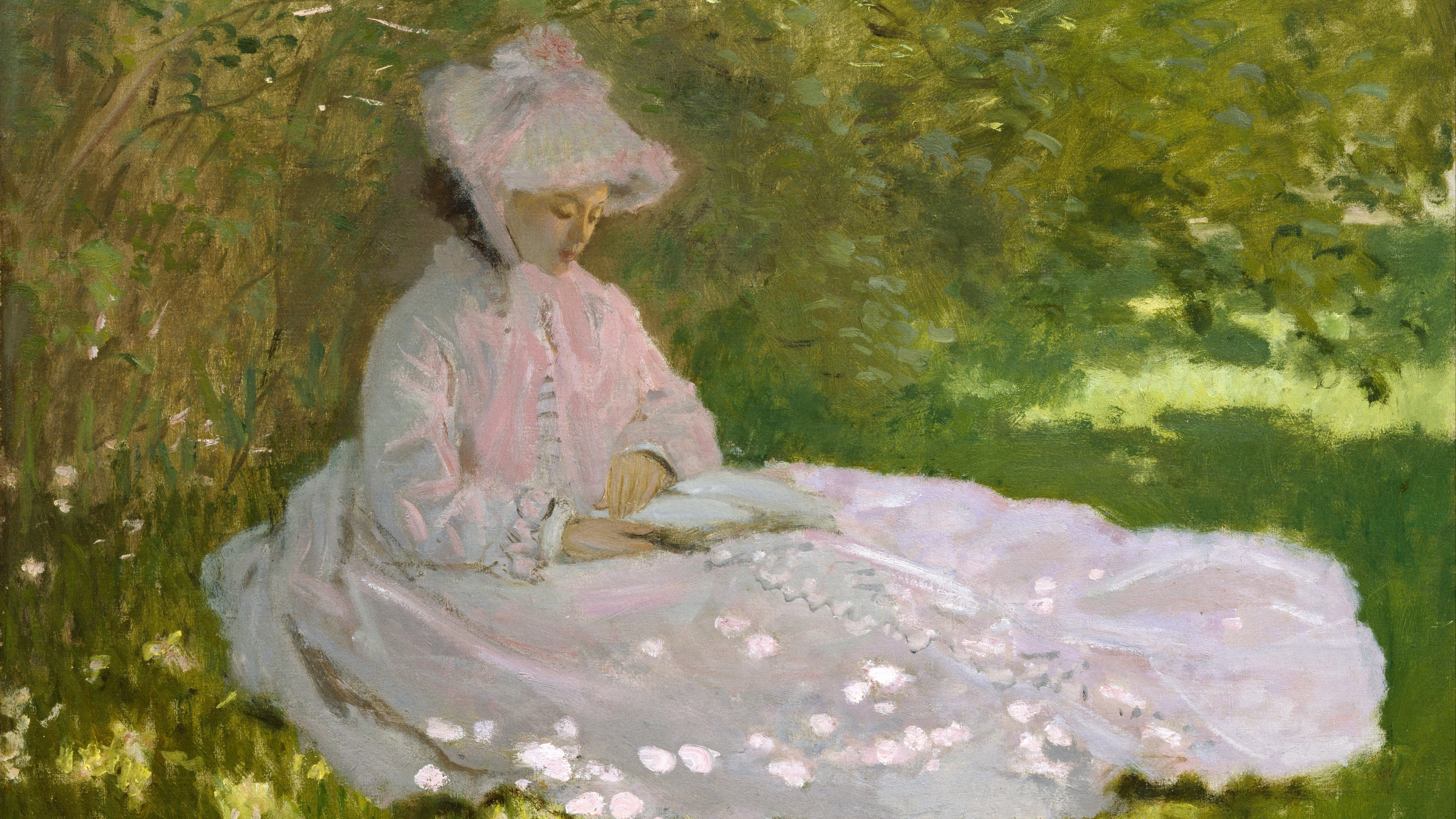While some people do travel frequently, others have to conserve their budgets or, alternatively, prefer to save up for less frequent but bigger trips. Many simply like being based closer to home and enjoying more local activities, while still others might be restricted in how easily they can travel due to medical or family reasons.
Whatever your circumstance or preference, the staycation is a perfectly legitimate choice. With the right approach, your staycation will be every bit as indulgent, relaxing and memorable as any vacation – and all for the fraction of the price.
More than that, the staycation has a long and noble history, as we reveal below with 5 light-hearted landmarks in the staycation.
1) 10,000 years B.C.
Early hunter-gatherers were still on permanent ‘holiday’ at this time. The idea of actually settling down and remaining in one place was an entirely foreign concept. What would you eat if no wild beasts happened to wander past or no fruit could be found? No, humanity was still at a nomadic stage, following the seasons and the availability of food, water and shelter. Summer fashions were equally restricted to simple furs and crude woven fibres.
2) 7,000-5,000 years B.C.
A breakthrough in human development came with the discovery of how to domesticate certain breeds of animals and grow crops on fertile land. This was doubtless made possible by more temperate land being discovered at the end of the Ice Age. This also marked a change in the Stone Age from the Palaeolithic (old Stone Age) to the Neolithic (new Stone Age). The staycation was born. Why roam when you can stay at home and enjoy all the luxuries of home?
3) 14th Century
This was arguably the golden age of the staycation, with medieval peasants typically enjoying 8-10 weeks holiday a year. Of course, at the time, a staycation would be the only option to enjoy leisure time due to the absence of viable transport, and most people never leaving their village in their lifetime. Yes, the reality of war, plague and backbreaking ploughing and harvesting in the fields could put a damper on things, but the average peasant could still expect significant time off – far beyond the average vacation allowance today. Alongside mandatory church holidays, workers would enjoy extra free time on Sundays, for seasonal celebrations, post-harvest downtime and over the winter. Staycation treats are thought to have focused heavily on the supping of ale, carousing and traditional games.
4) 1790
The French are noted for their appreciation of the finer things in life, whether food, wine or art. Little wonder, then, that a French gentleman, Xavier de Maistre, should have written the seminal treatise on the staycation entitled A Journey Around My Room. The profoundly philosophical, but humorous book imagines a journey of the imagination while being confined to just one room.
Admittedly this staycation was an involuntary one, the result of de Maistre being placed under house arrest after a duel in Turin. Nevertheless, the work is of great merit and still in print today more than 200 years later. It describes the author’s gaze alighting on different objects in his room – an engraving, an item of furniture, etc. – as if it was the landscape of an exotic and wondrous land. Of course, this is staycationing taken to the nth degree and not for the faint-hearted. On a positive note, de Maistre’s house arrest was later lifted and he lived to the ripe old age of 88, hopefully moderating his extreme form of staycationing along the way.
5) 2002
Popular philosopher Alain de Botton’s brilliantly thought-provoking and amusing book The Art of Travel managed to explore the importance of both the vacation and the staycation. As well as touching on Xavier de Maistre’s earlier work, he also reveals his own challenge when travelling: that the reality never quite corresponds to his imagined vacation.
Comparing the scene on a beach in Barbados to his memory of the original travel brochure, de Botton is unsettled: “[M]y attention was in truth far more fractured and confused… I may have noticed a few birds careering through the air… but my awareness of them was weakened by a number of other, incongruous and unrelated elements, among them a sore throat I had developed during the flight, worry over not having informed a colleague that I would be away, a pressure across both temples and a rising need to visit the bathroom… I had inadvertently brought myself with me to the island.”
6) 2030
Not convinced of the benefits of the staycation? Don’t worry, there’s still hope in sight. The economist John Maynard Keynes famously predicted that by 2030 most advanced societies would be dominated more by leisure time than work time, allowing ample time for vacations and staycations. While advances in robotics and other technological improvements could yet see this happen, others will remain sceptical. After all, few of us have yet been to the moon and none of us travel to work by jetpack. However, should the Keynesian theory hold true, then it makes sense to be taking your staycations more seriously. Celebrate the staycation, it’s the future!
Article by James Lee-Tullis














Sorry, the comment form is closed at this time.